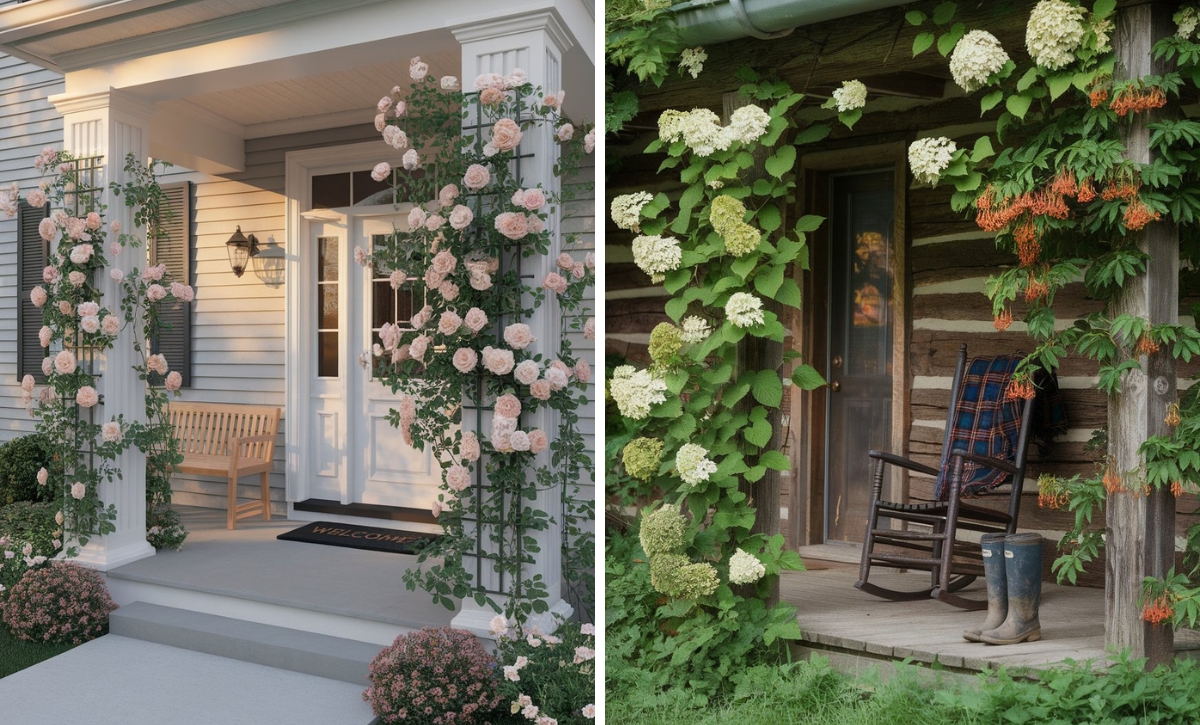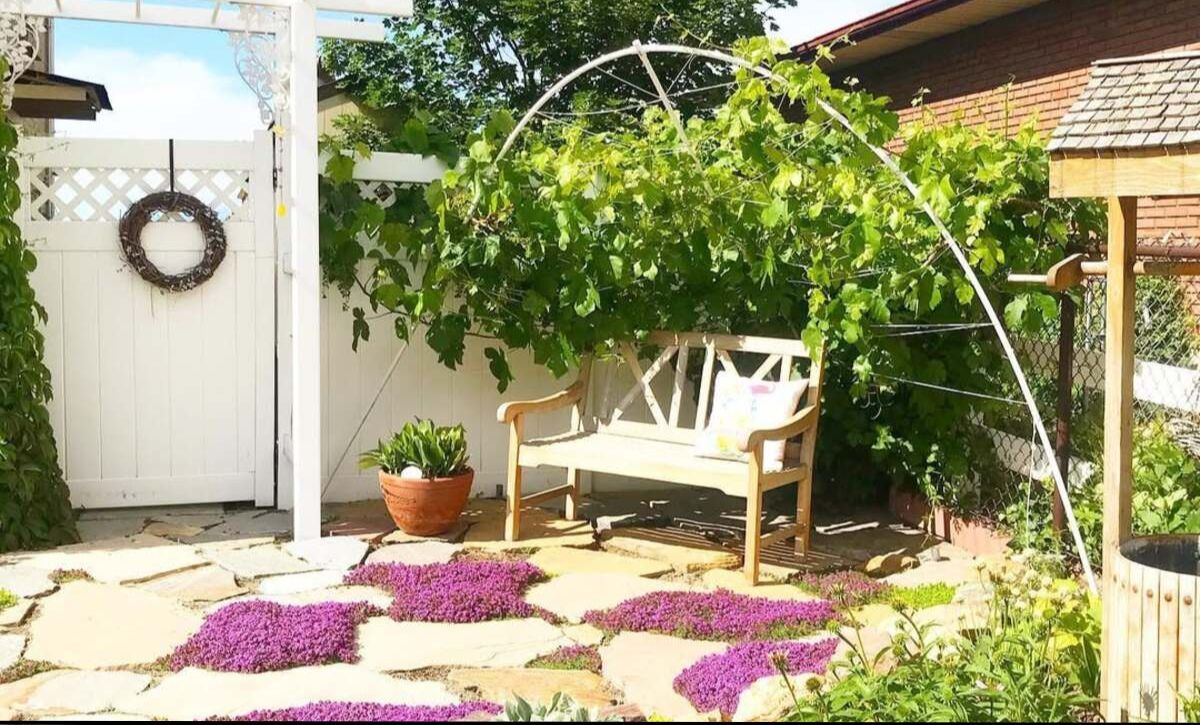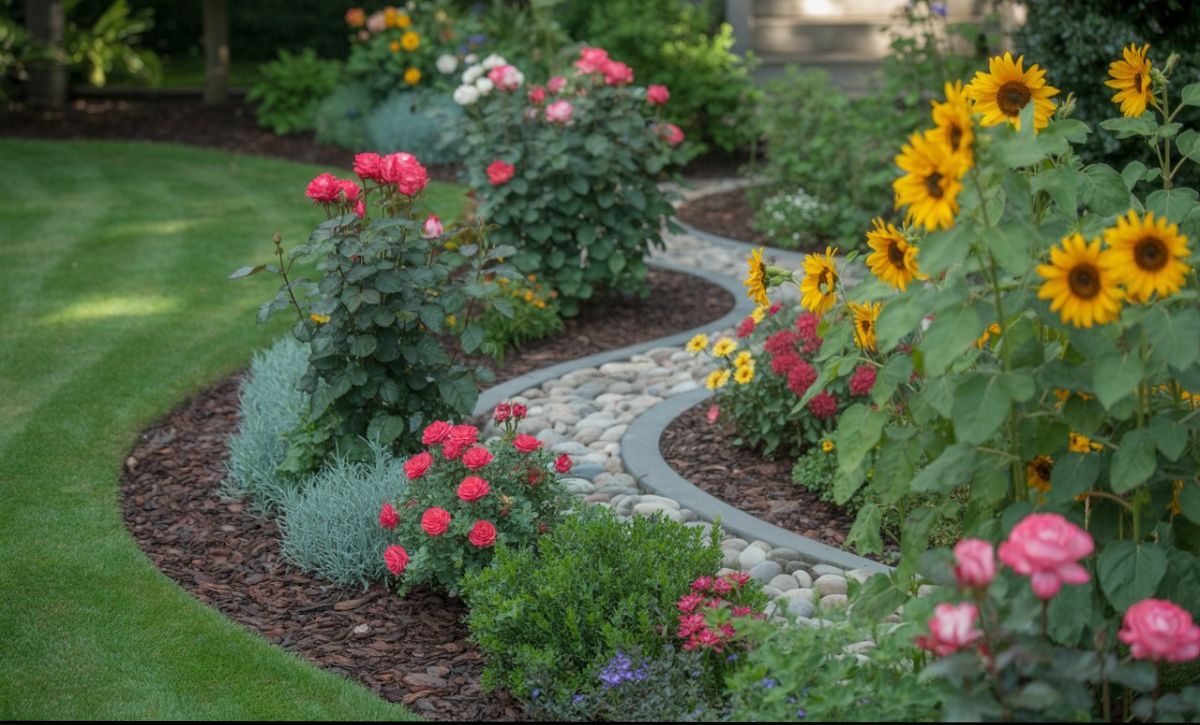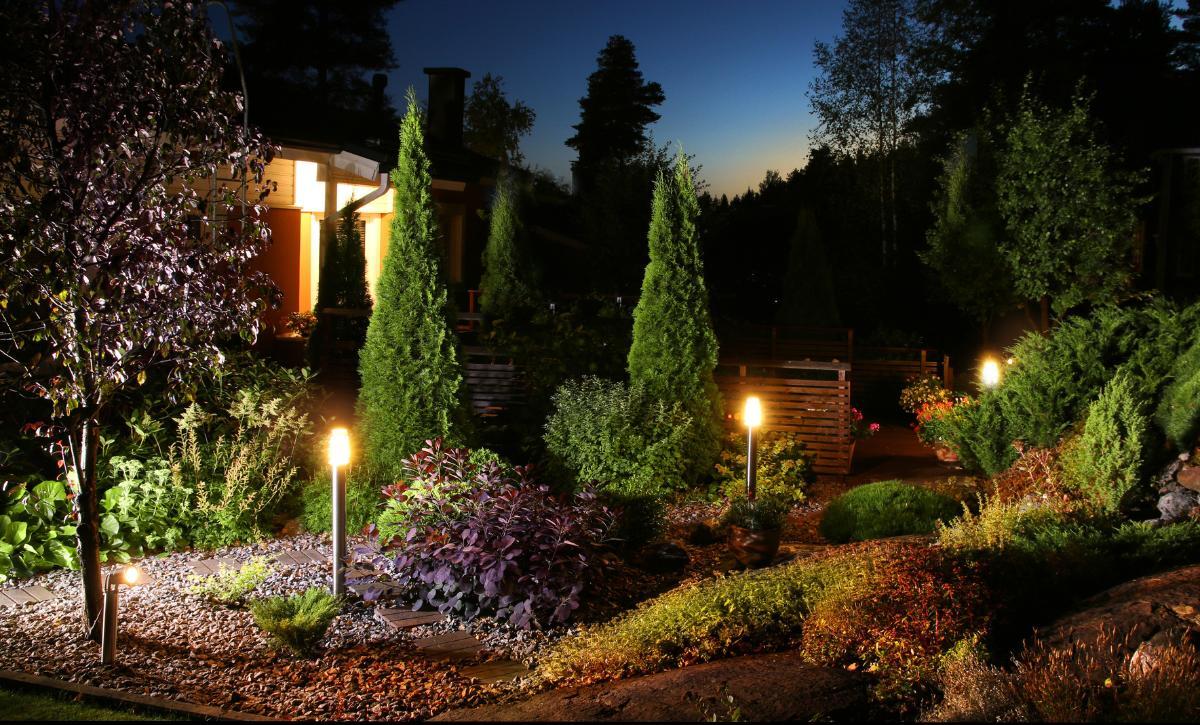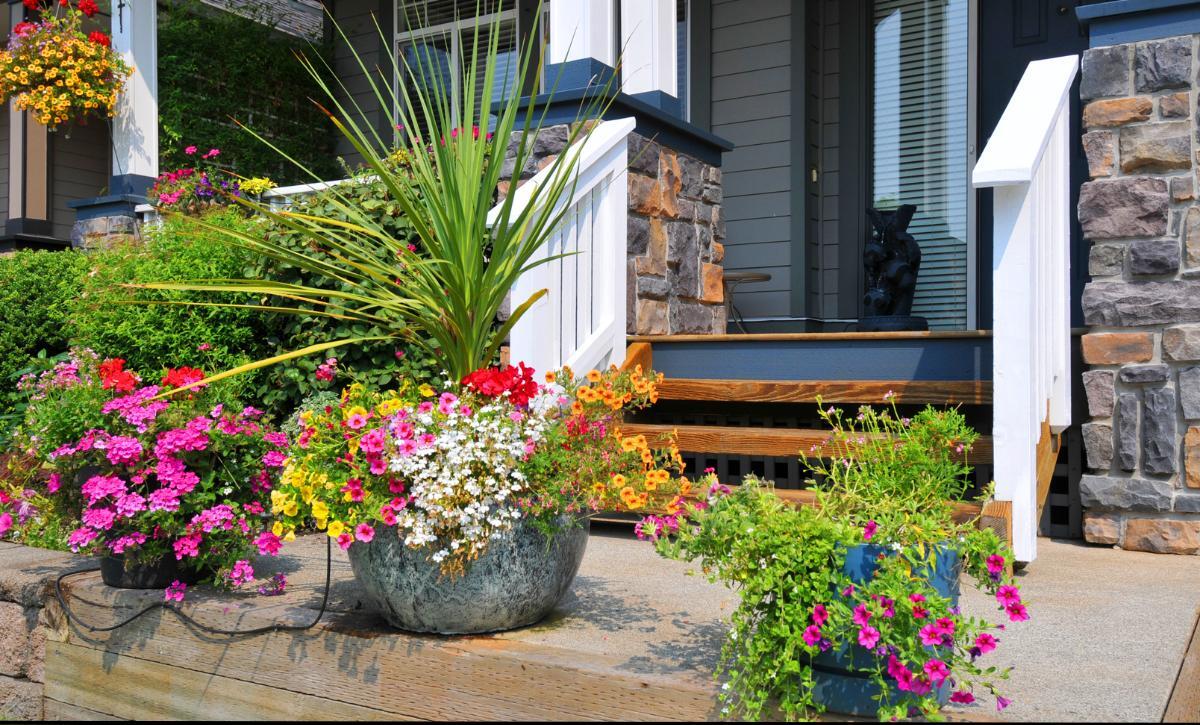Do you know what’s the tallest grass in the world?
Well, the answer might surprise you a lot: it’s bamboo! Bamboo belongs to the Bambusoideae family, within the Poaceae grass family, and even though it might resemble a tree, it’s actually a flowering plant.
An evergreen perennial measuring more than 35 meters (100 ft) in height, no wonder it’s regarded as the tallest grass in the world.
This article will explore all the intriguing details of this wondrous plant.
How Tall Does Bamboo Grow?
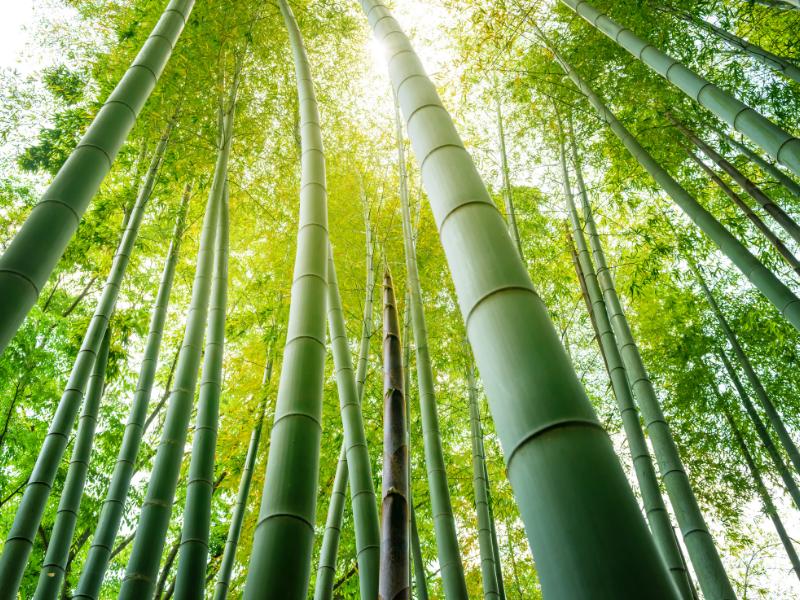
to 35 meters (100 ft) tall or more! Bamboo can grow so tall because its culm, or stem, doesn’t increase in diameter as it grows. This means the plant can continue to grow taller without becoming too heavy or unstable.
The bamboo plant uses a thickening rhizome, an underground root-bearing system, to provide the necessary nutrients and stability of the clumps despite the plant being hollow.
A bamboo plant can grow up to 1 meter (4 ft) per day, making it one of the fastest-growing plants in the world by a large margin. The taller it grows, the faster its growth rate.
Environmental and climate factors play a huge role in the potential growth of bamboo. Therefore, not every bamboo grows as fast. Some types of bamboo known to possess incredible heights include Dendrocalamus, Guadua, Madake (Phyllostachys bambusoides), and Moso (Phyllostachys edulis).
Bamboo requires organic soil, good aeration, and a lot of sunlight to sprout up from the ground. It also prefers basking in full sun. The plant has shallow roots, and soaking its bottom in water could lead to root rot. However, it needs regular watering as a baby plant.
You can encourage home-grown bamboo growth by using mulch and the correct fertilizer. You need to control and prune bamboo promptly; otherwise, their fundamentally linked root system will produce numerous shoots, converting your garden into an Amazon-like forest.
Where To Find Bamboo
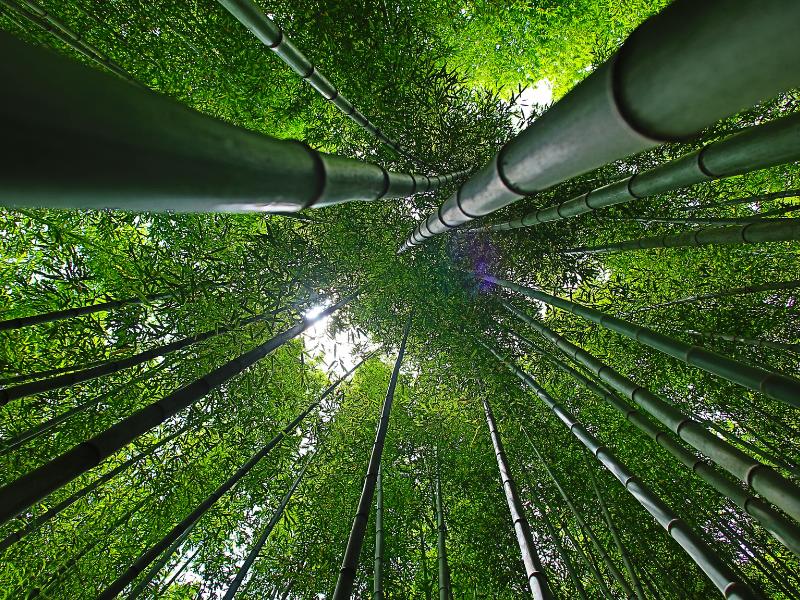
Bamboo can be located on almost every continent with 1,500 species, except in Europe. The native habitat of bamboo is nowadays said to be temperate, subtropical, and tropical climates, with the highest concentration on the Asian continent.
Bamboo’s traditional classification is Olyreae, temperate woody bamboo or Arundinarieae, found in North America, East Asia, and South Asia, and woody bamboo or Bambuseae, found in tropical regions of South America and Asia. Olyreae differs from the other two subtypes since it’s a soft, herbaceous grass in tropical forests.
Despite this, bamboo grass can be grown in almost every part of the world because it can adapt to a wide range of temperature conditions.
Uses of Bamboo
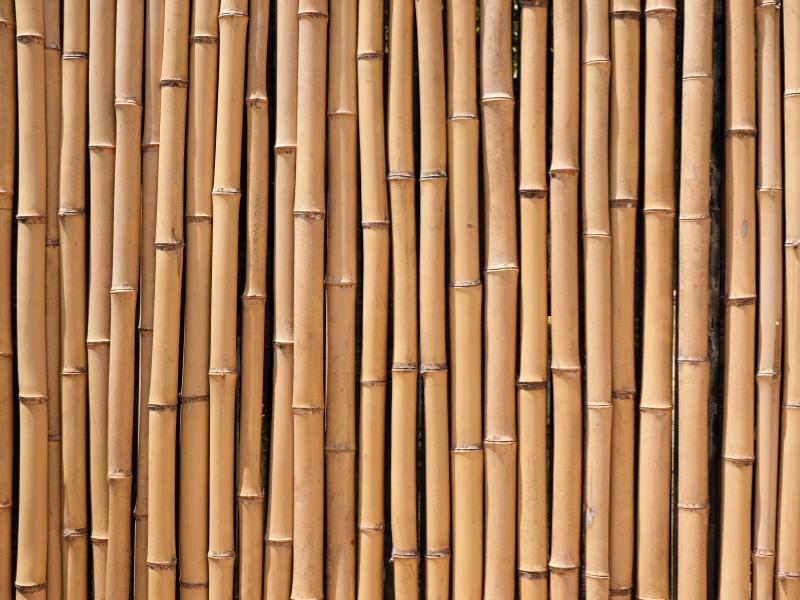
Pandas are probably the only thing that can limit the bamboo population from overspreading and occupying vast acres of land. Bamboo is the primary food source for these adorable, black-and-white, chubby bears.
An average panda can consume 10 to 15 kilos of bamboo to fill its stomach since the plant lacks nutrients. Scientists associate the bamboo’s lower predation risk and high abundance as the cause of the panda’s natural inclination towards the grass.
Humans have found various ways to use bamboo effectively, unlike pandas. If you’re a fan of Asian cuisine, you’ve probably used it as an ingredient in one of those tasty dishes.
Furthermore, people use bamboo as a building material to construct boats, scaffolding, schools, houses, buildings, roads, and even martial arts weapons! Wind musical instruments are also made from bamboo – the list is endless!
Bamboo is also suitable for the manufacturing process since it’s very versatile. Bamboo can be easily split, heated, soaked, stretched, dried, curved, shaped, or bent and is frequently used in toy, textile, furniture, and accessories production.
There’s probably a bamboo product right now in your home!
The Most Incredible Types of Bamboo
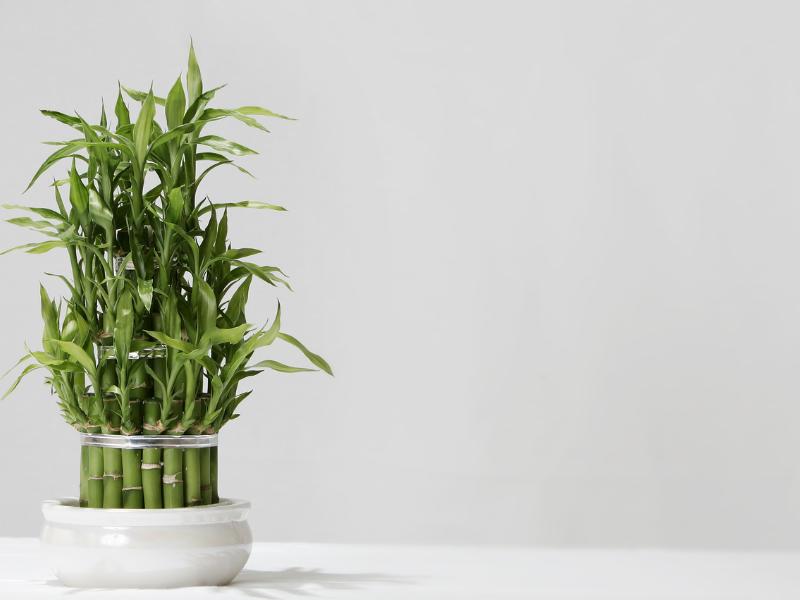
Bamboo is a hypernym for up to 1500 species differing in strength, growth, shape, and size. Some have proven highly beneficial as building materials, while others are used primarily for ornamental purposes.
The rarity of bamboo depends on the place you are located. For example, some species are very scarce in Asia but plentiful in Africa, and vice versa.
As such, we’ve compiled a list of the most fantastic bamboo species to share with you:
Dragon or Giant Bamboo
Dragon or Giant Bamboo is a type of bamboo that belongs to the Dendrocalamus subtribe.
Dendrocalamus giganteus is the Latin name for this plant, also known as the world’s tallest or most gigantic grass. This Asian native has the potential to reach up to 35 meters (100 ft) tall and is characterized by dark green or dark blue sticks and dense, lush clumping.
It blooms every 40 years (a common thing for bamboo) and has a typical culm measuring 20 – 30 cm in diameter. It’s edible in its early growth stages and often used as construction or building material.
The Smallest Bamboo
Raddiella vanessiae, the smallest bamboo, is only about 1 inch (2 cm) tall, making it small enough to hold in the palm of your hand.
The plant’s natural habitat is French Guiana, and you can’t find it anywhere else.
The plant was discovered and named by Vanessa Hequet, and its leaf anatomy is what earned its place in the bamboo family.
Yellow Buddha Belly Bamboo
Yellow Buddha Belly Bamboo, scientifically known as Bambusa ventricosa kimmei, is an amazing bamboo type that’ll impress any visitor coming to your home, especially if you live in a hot area.
The plant is distinguishable with its shiny, yellow culms with unique shades of green and is considered one of the most beautiful bamboo plants.
Even though the plant can grow up to 55 feet tall, it will remain small if planted in a proper container. This is because the container will restrict the plant’s root growth, which will in turn limit the plant’s height.
The Phyllostacus Subtype
You should probably steer clear of Phyllostacus bamboo unless you want to recreate your own version of Lost.
This genus is referred to as the most invasive bamboo species and can easily take over your garden before you blink if not tamed in time.
Additionally, the plant does not regard boundaries or establish friendly relationships with your next-door neighbors!
Similar Tall Grasses
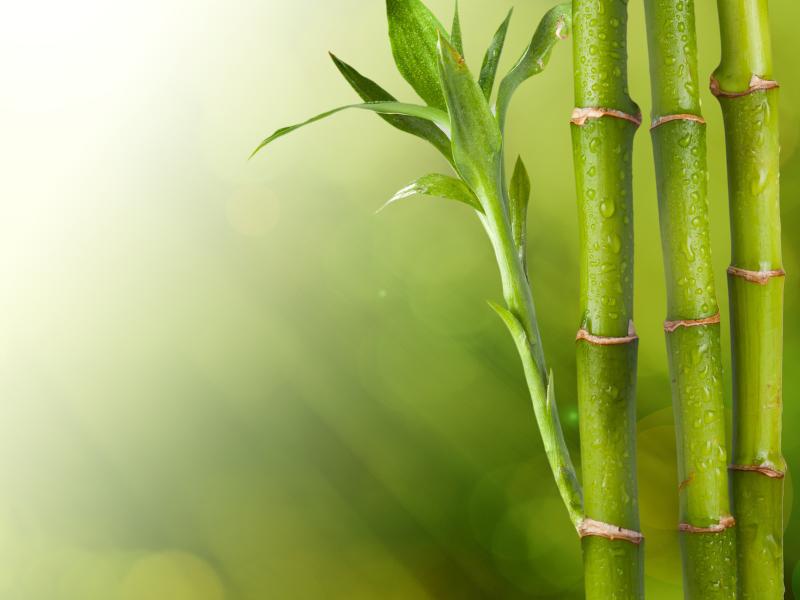
Bamboo is, without a doubt, the tallest grass on the planet. Even though there isn’t a specific list of runners-up, the closest type of grass would be elephant grass, also known as giant weed (Arundo Donax) or miscanthus.
This grass can grow between 3 – 6 meters (10 – 22 ft) tall and can be found in Asia and Africa. It’s followed by pampas grass (Cortaderia), a South American native that can reach up to 1.5 – 3 meters (5 – 10 ft) tall.
Other tall grasses include Switchgrass or Panicum Virgatum (3 -6 ft tall), Calamagrostis x acutiflora (6 ft tall), Big Bluestem or Andropogon Gerardi (4 – 8 ft tall), and an offspring of elephant grass, Pennisetum Pur (up to 15 ft tall).
Commonly Asked Questions
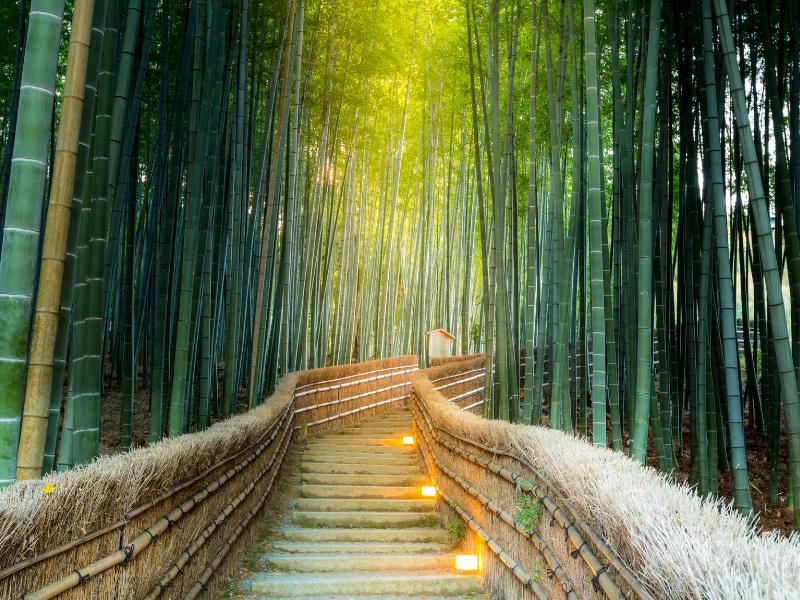
What is the tallest grass in the world?
Bamboo is the tallest grass on Earth, reaching heights of up to 35 meters (100 ft).
What is the second tallest grass?
Even though there isn’t a specific answer to what is the second tallest grass in the world, miscanthus, known as elephant grass or giant weed (Arundo Donax), comes close.
Where does the tallest grass in the world come from?
Bamboo is native to moderate, subtropical, and tropical climates, but you can find it worldwide.
Conclusion
Bamboo is a grass of the Poaceae family that is the world’s tallest grass.
The highest recorded bamboo height is over 35 meters or 100 ft tall. However, environmental conditions heavily determine the growth of a bamboo species. It’s native to moderate, subtropical, and tropical climates, but you can find it worldwide.
Bamboo is a primary food source for pandas, but it’s also used in a variety of other ways, including jewelry making, instrument making, textile production, construction, and Asian cuisine.
The Phyllostacus subtype, Yellow Buddha Belly Bamboo, the Smallest Bamboo, and Dragon or Giant Bamboo are among the most fascinating types of bamboo out of the 1,500 species.
Other tall grasses are Switchgrass, Calamagrostis x acutiflora, Big Bluestem, Pennisetum Pur, pampas grass, and miscanthus or elephant grass.
That’s all for today! Until next time!


